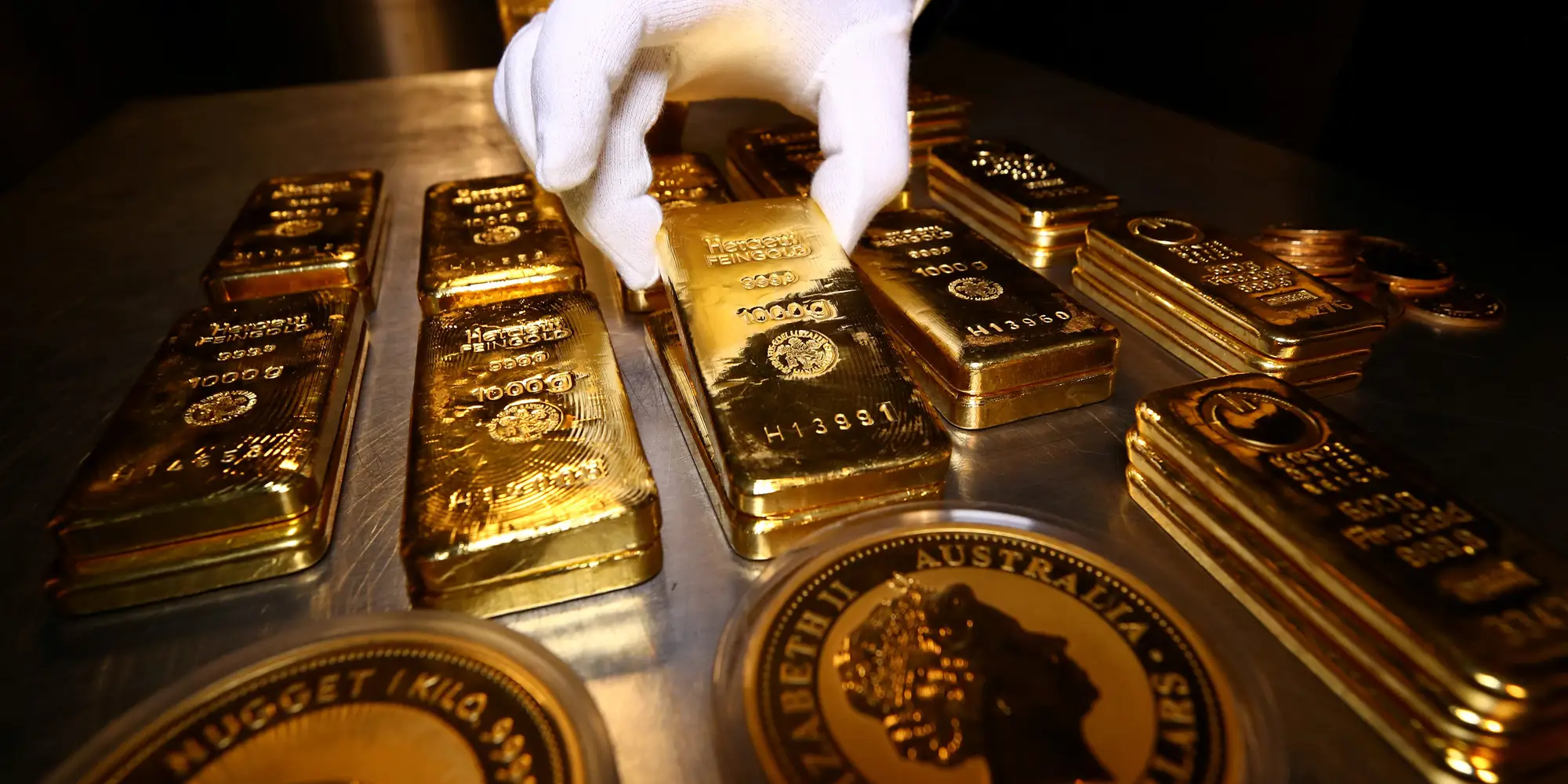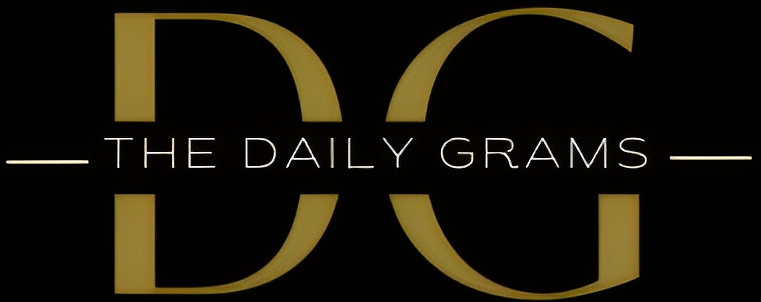As the week draws to a near, gold charges are experiencing a huge downturn, with XAU/USD set to report its first weekly loss in 6 weeks. The precious metal, frequently regarded as a secure haven during times of economic turmoil, has faced a difficult week marked by geopolitical shifts and uncertainties surrounding U.S. Financial coverage.

Market Sentiment and Weekly Performance
Gold’s overall performance over the last week has been marked by a 2.3% decline, representing its most giant weekly fall for the reason that early December. This decline comes as a disappointment to buyers who had witnessed a notable surge in gold costs, culminating in an all-time high of $2,431.29 on April 12. However, the easing of tensions within the Middle East has tempered the instantaneous demand for secure-haven assets like gold, contributing to the downward stress on charges.
Impact of Economic Data
Mixed indicators from the latest U.S. Economic statistics have introduced uncertainty inside the marketplace. While there has been a sizeable slowdown in monetary increase, inflationary pressures persist, posing a venture for policymakers. The U.S. GDP accelerated via a modest 1.6% in the first quarter, falling brief of expectations and raising concerns about the sustainability of inflationary trends amidst tepid financial pastime.
Treasury Yields and Monetary Policy Outlook
Fluctuations in U.S. Treasury yields reflect the marketplace’s conflict to reconcile slower increases with stubborn inflation. The upcoming release of the personal intake costs (PCE) rate index, a key inflation gauge for the Federal Reserve, is eagerly expected and will offer in addition insights into the important bank’s destiny coverage direction. Expectations surrounding interest prices and inflation dynamics will in all likelihood influence the splendor of gold as an investment asset.
Looking Ahead
The outlook for gold prices hinges significantly on the outcome of the PCE document and the next Federal Reserve moves. A better-than-predicted inflation reading could dampen the attraction of gold amid expectancies of sustained excessive interest charges. Conversely, easing inflationary pressures can also renew the hobby in gold as a hedge in opposition to foreign money devaluation. With marketplace sentiment leaning toward a bearish outlook for gold, buyers are carefully monitoring economic indicators for clues about the direction ahead.
Previewing the PCE Report: Insights into Fed Policy and Market Impact
The upcoming release of the middle Personal Consumption Expenditures (PCE) Price Index, the Federal Reserve’s favored inflation degree, is expected to provide important insights into the country of the financial system. Analysts assume the index to rise via 0.3% on a monthly foundation in March, with annual figures softening to 2.6%. Despite recent quarterly fluctuations in core PCE inflation, month-to-month information may also have a constrained impact on market expectancies, especially following the quarterly launch.
Investors will carefully scrutinize the on-the-spot marketplace response to the PCE inflation information, mainly in foreign money markets. A weaker-than-anticipated core PCE Price Index ought to briefly weaken the U.S. Dollar, even as a more potent-than-expected studying can also maintain USD strength. The technical evaluation shows key assist and resistance tiers for essential currency pairs, influencing investors’ short-term decisions.
In conclusion, gold costs face downward stress amid financial uncertainties, with traders eagerly looking ahead to critical inflation facts to gauge the Federal Reserve’s future policy direction. The outcome of the PCE document will likely shape market sentiment and pressure buying and selling dynamics the weeks in advance.
Read More – Gold Prices: Riding the Wave of Optimism Despite Economic Uncertainty
